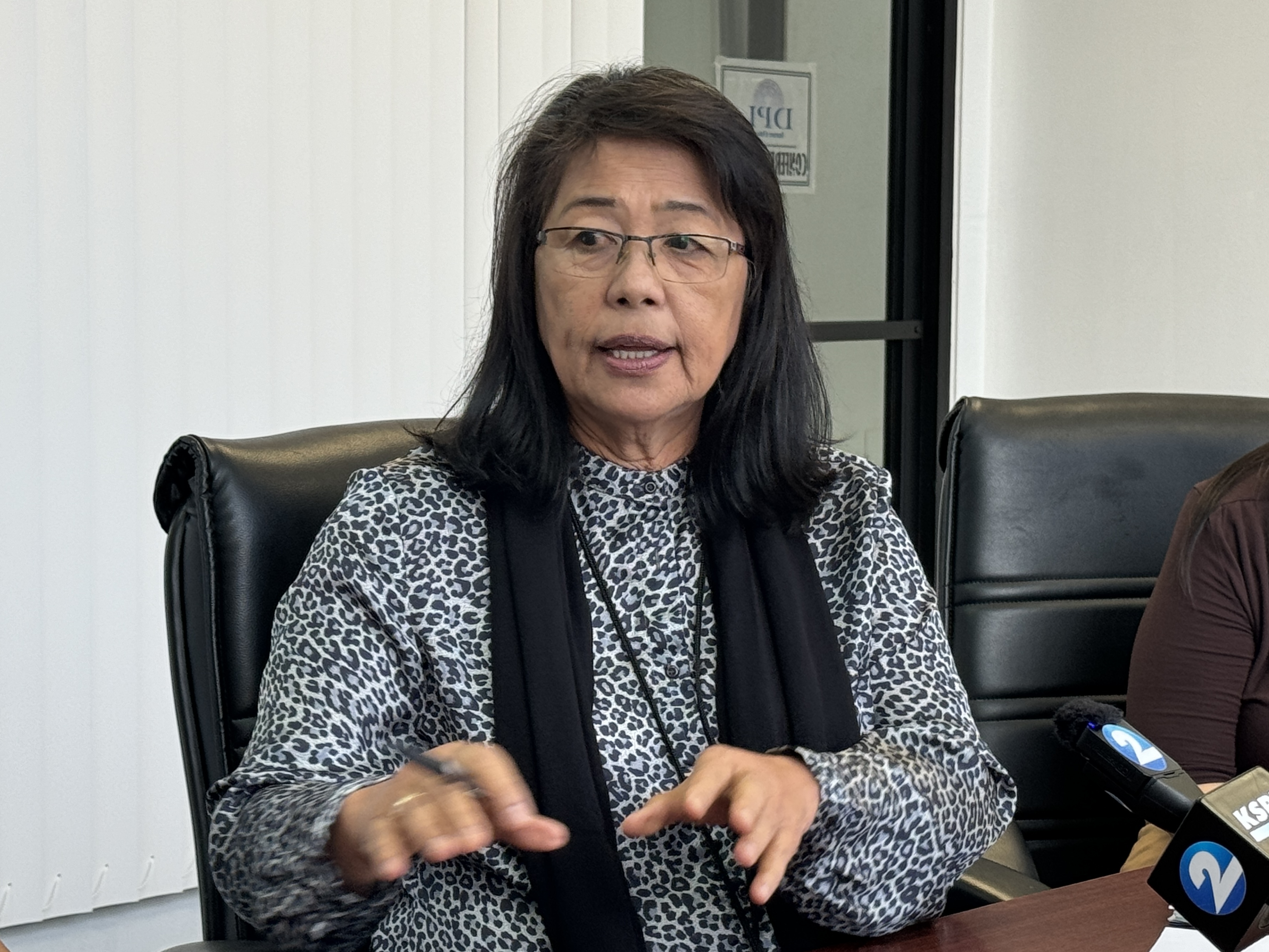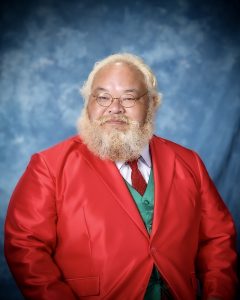Voice of America terminates contract with DPL
The U.S. Agency for Global Media, which operates the Robert E. Kamosa Transmitting Station that broadcasts the Voice of America transmission to Asia, has officially informed the Department of Public Lands that it will be terminating its 25-year lease agreement.
Last week, USAGM disclosed that it would cease operations of its Robert E. Kamosa Transmitting Station in the CNMI after decades in operation.
According to DPL Secretary Teresita Santos, as of last week, USAGM has officially informed DPL of their intent to terminate the public land lease on Saipan for the Aguiguan property, but there is no definite date yet.
“We have met in regard to their intent to terminate their lease with DPL, referring to the Aguiguan property. They are terminating their lease so that would become a vacant public land property in the event they terminate their lease agreement. After that, DPL would have to take the necessary steps like sending out an RFP of the property,” she said.
According to DPL Compliance Division director Gregory Deleon Guerrero, DPL will soon be responding to UGAGM’s letter pursuing nonrenewal.
“They have turned in a letter stating they are not pursuing a renewal of their lease with DPL and right now it’s under review and we will be responding to that letter. As for their land lease on Tinian, the land is under a military lease that they have on a long-term basis,” he said.
Last week, in a letter form USAGM’s William S. Martin, director of operations and stations division, a big change is taking place at the U.S. Agency for Global Media’s Robert E. Kamosa Transmitting Station.
“The change is a discontinuation of all shortwave radio transmissions at our Saipan and Tinian sites, the first step in closing the station,” he said.
According to Martin, on June 26, the USAGM—an independent federal agency that oversees the Voice of America, Radio Free Asia, and other U.S. funded international civilian broadcasters—announced it was closing REKTS, its two shortwave radio transmission sites, on Saipan and Tinian.
Martin explains that the USAGM operates the Saipan and Tinian sites to broadcast multi-language radio programming from Radio Free Asia and Voice of America into the East Asia region.
“Broadcast operations on the islands go back many decades, with the U.S. government building its first transmitting station on Saipan almost immediately after the U.S. entered World War II in December 1941,” he said.
While shortwave radio was an effective and popular way for people in media-deprived countries to access international news and information during WWII and the Cold War, Martin says shortwave use has fallen dramatically almost everywhere since the invention of the internet and the fall of Soviet Union in the 1990s.
“As audiences turn to other media and people increasingly access news and information from digital and other platforms, many international broadcasters that were once active on shortwave have reduced or completely eliminated their shortwave operations altogether,” he said.
Further, Martin said shortwave broadcasting is increasingly expensive, especially compared to other platforms that are more popular with global audiences.
“USAGM and other broadcasters have sought to balance maintaining costly legacy shortwave operations with investing in other platforms that reach much larger audiences,” he said.
For REKTS, Martin said the challenge worsened when Category 5 Super Typhoon Yutu ravaged the CNMI in October 2018 and the station’s transmission infrastructure was destroyed.
“USAGM sought to restore the station’s transmission capabilities, but budgetary constraints limited efforts to restore its full functionality,” he said.
Ultimately, Martin says USAGM is not abandoning shortwave, but it is reducing broadcasts in places with no discernible shortwave audience and consolidating its global transmission network. The REKTS closure is a consequence of this consolidation effort.

Teresita Santos






